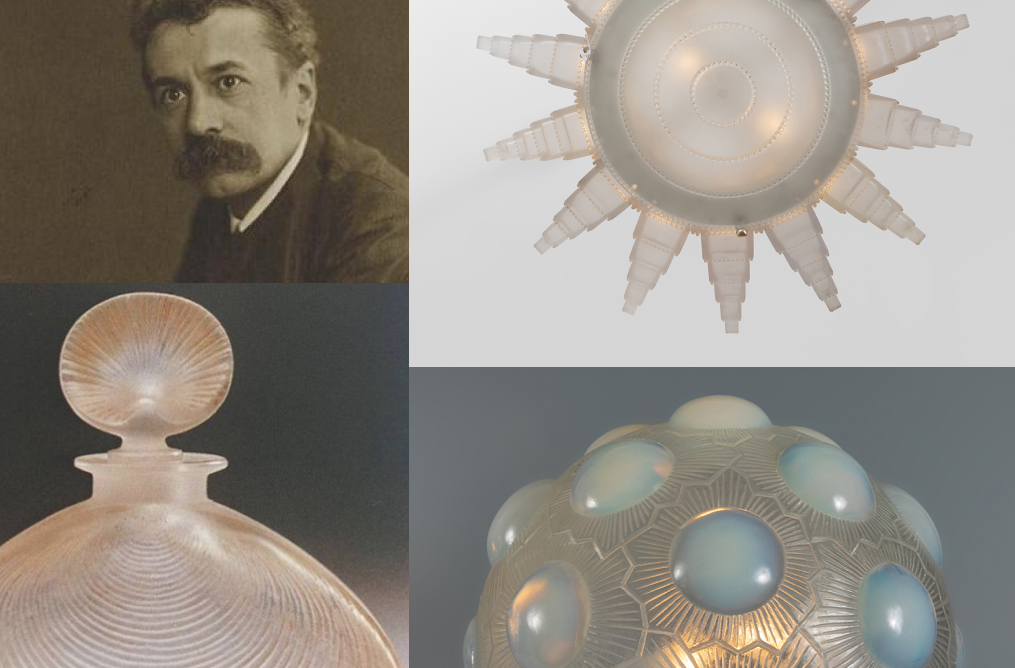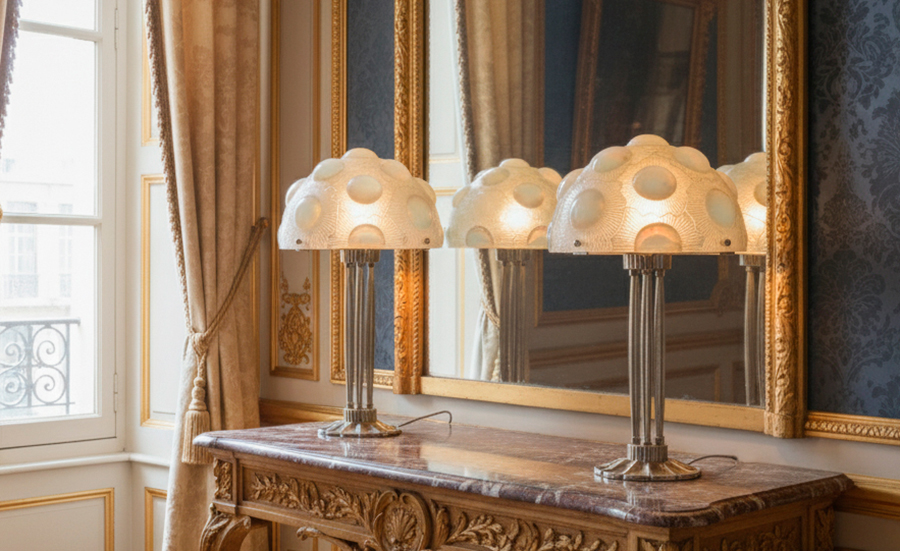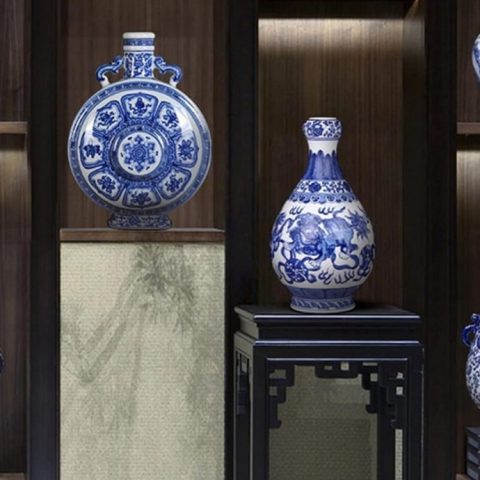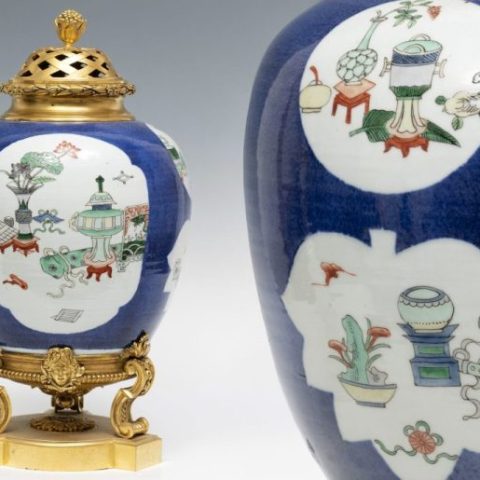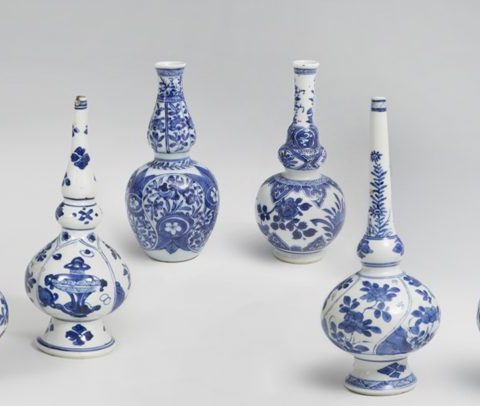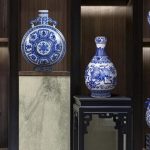To speak of René Lalique is to refer to a name that became synonymous with excellence and avant-garde artistic glassmaking in the late nineteenth and early twentieth centuries. This visionary master not only redefined the concept of glass, but elevated it from a functional material to an unprecedented expression of art and luxury. René Lalique’s contribution to design and the decorative arts was so profound that his legacy still resonates in the world’s most prestigious collections.
He was one of the first artists to imagine everyday objects, such as perfume bottles, as authentic jewelry. For René Lalique, these pieces were not mere containers, but miniature sculptures that could be mass-produced without any loss of artistic value or exclusivity. Thanks to this innovative vision, René Lalique’s art became accessible to a much wider public, demonstrating that beauty and sophisticated design were not reserved solely for a privileged elite. This revolutionary approach democratized luxury and established René Lalique as a key figure in the Art Nouveau movement.
René Lalique: From Jeweler to Master Glassmaker
Before turning fully to glass, René Lalique began his career as an acclaimed jewelry designer for the most prestigious houses in Paris. However, his fascination with glass, light and its opalescent effects prompted him to open his own workshop in 1890.
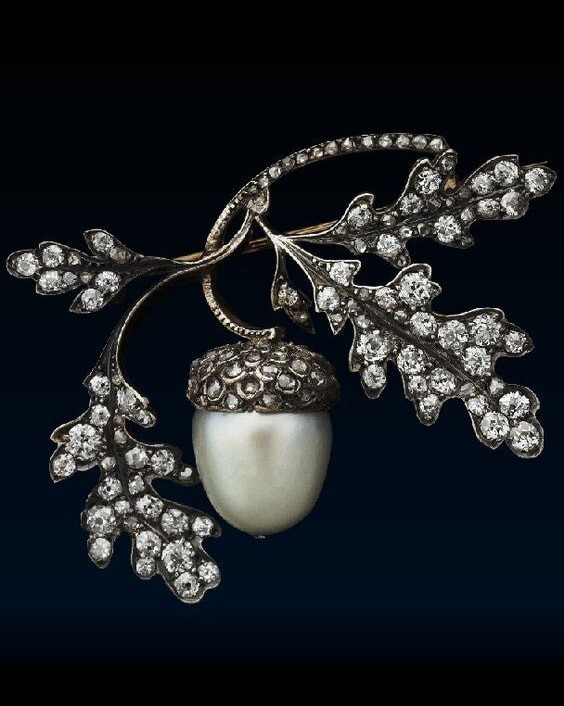
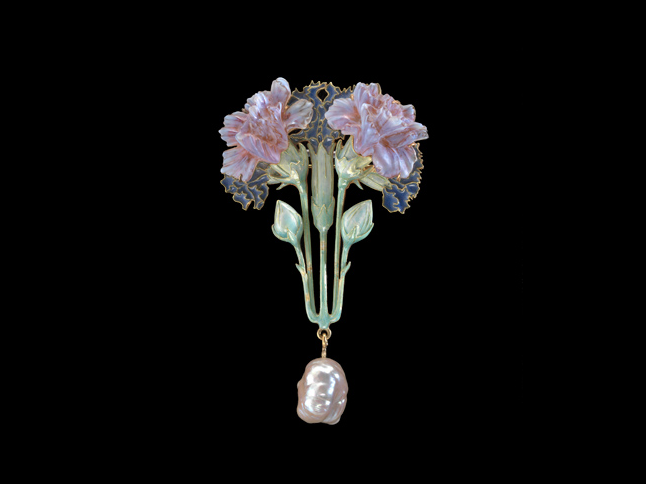
René Lalique’s creative universe revolved fundamentally around nature, a constant of French Art Nouveau. Elements such as dragonflies, orchids, peacocks and the female figure became his personal trademark. René Lalique was known to surround himself with flowers and plants as he worked, seeking direct inspiration in the subtlety of their shapes and the intensity of their colors. In his creations, the rich French flora and fauna were masterfully intertwined with the sensibility of Japanese art, a style on the rise at the time, managing to capture life and beauty in a state of perpetual motion. Each René Lalique object tells a story of nature turned into glass.
Technical Innovation: The Art of Pâte-de-Verre
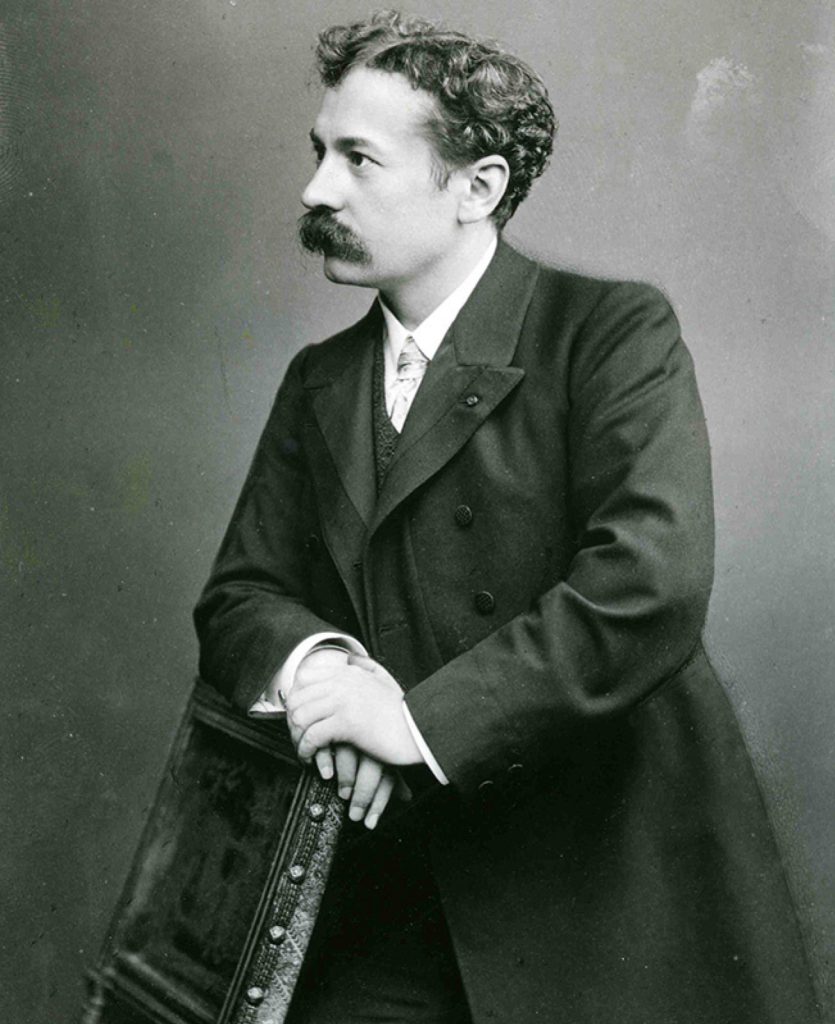
René Lalique’s genius was not limited to his aesthetic creativity; he also stood out for his profound technical innovation. He was a true pioneer in the revaluation and masterful use of pâte-de-verre (glass paste). This is an ancient Egyptian technique that, in the hands of René Lalique, was modernized to allow the molding of ground glass into new shapes, charged with unparalleled realism and texture.
With pâte-de-verre, René Lalique managed to give a distinctive volume and texture to the decorative objects that came out of his workshop, turning glass into an almost sculptural material. This technique allowed him to generate unusual finishes, such as satin, frosted or patinated glass, which characterize his most iconic pieces. The combination of his artistic sensitivity and technical skill definitely marked a before and after in the history of artistic glassmaking, ensuring that the name of René Lalique will live on.
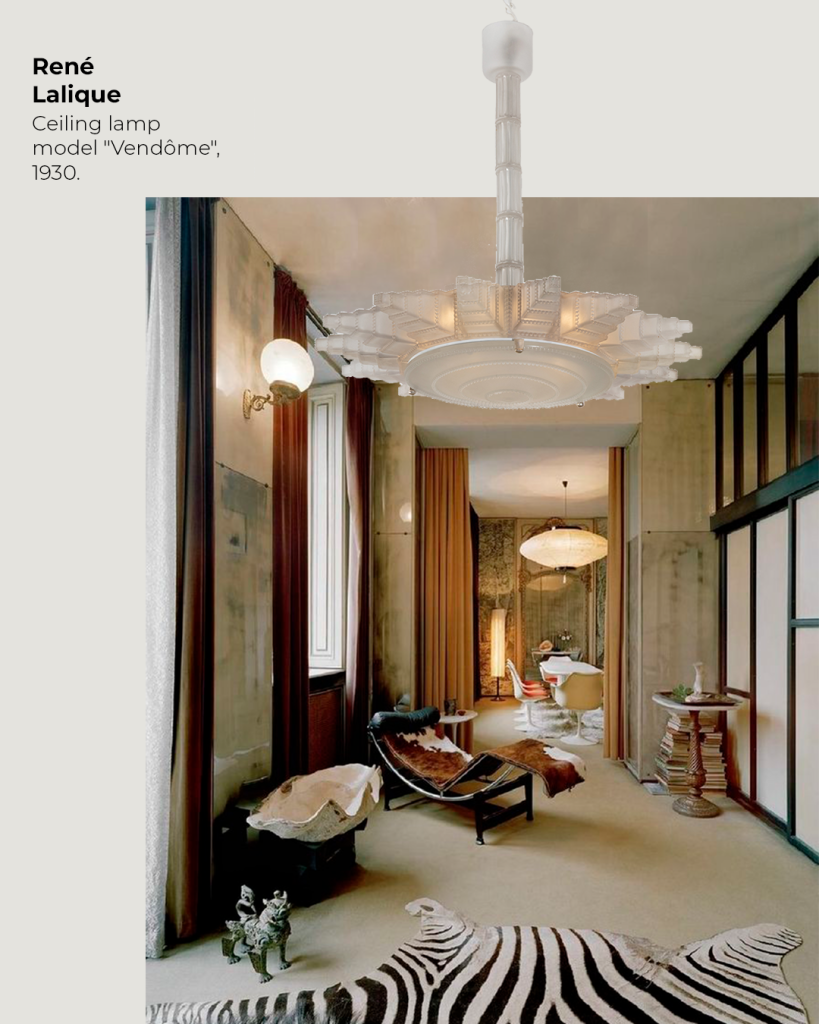
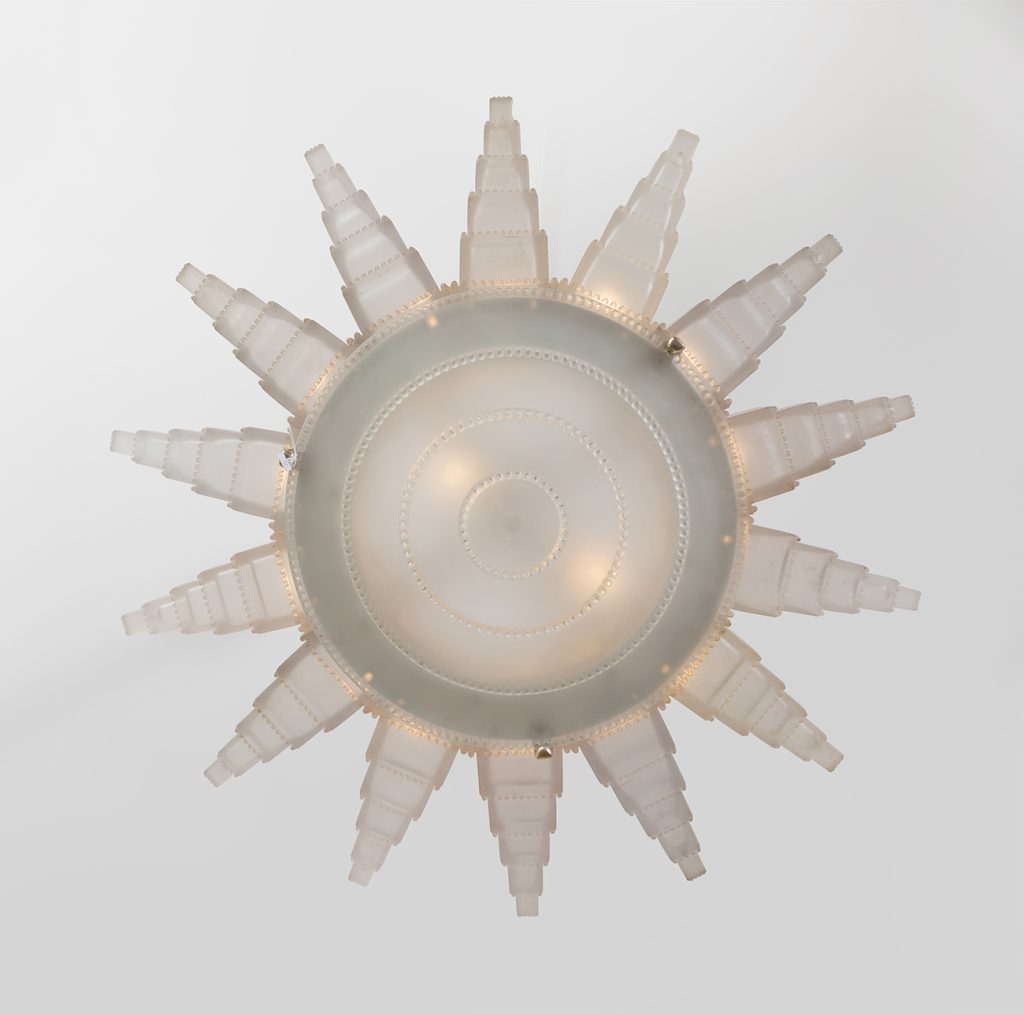
Next October 29, for example, a pair of “Soleil” table lamps from 1926 (lot 40025977), with an estimate of €20,000, and an impressive Lalique “Vendome” ceiling lamp from 1930 (lot 40017696), estimated at €25,000, will be auctioned.
Collecting and Lasting Investment in the Work of René Lalique
Today, René Lalique’s legacy lives on and his pieces continue to arouse admiration and a high level of demand in museums, private collections and international auctions. René Lalique’s majesty is not limited to the intrinsic beauty of his creations, as his work represents a lasting investment and a luxury piece of proven value. His creations not only maintain their value, but often increase it, maintaining their relevance among collectors worldwide.
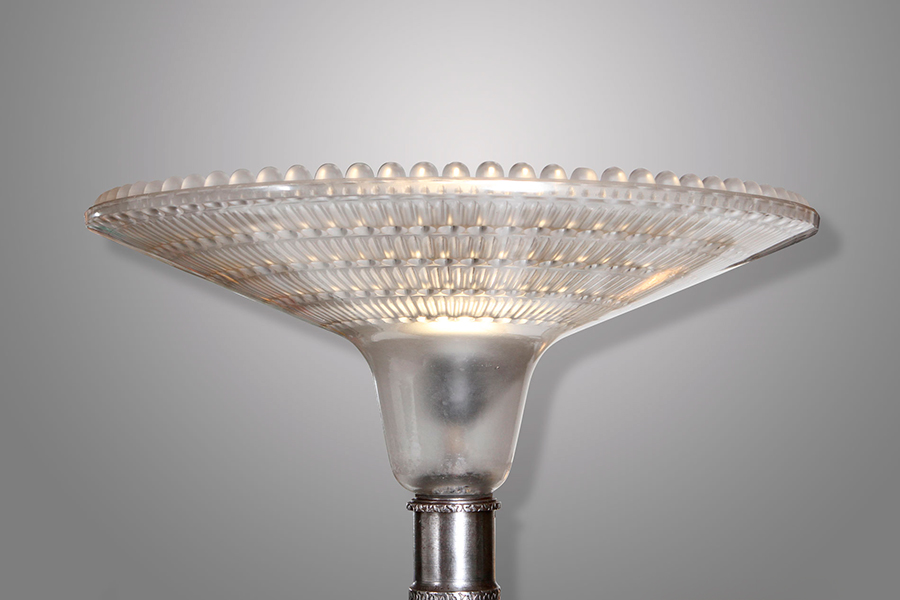
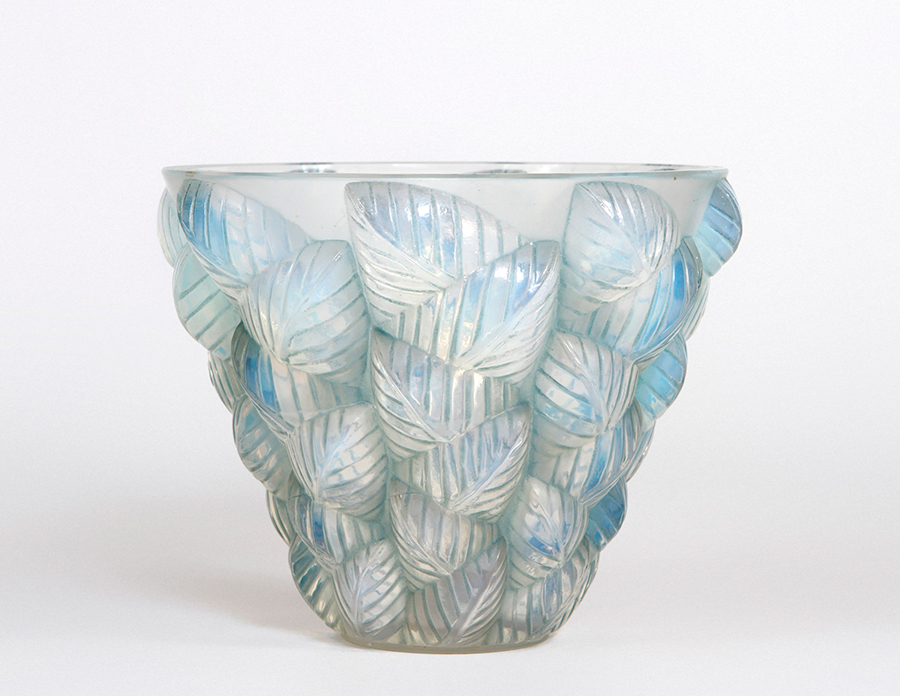
Among the works by René Lalique that we had the honor of selling was the magnificent “Moissac” vase, dated circa 1927, in opalescent glass with blue patina (lot 40007767), sold for 2,200 euros. In the lighting segment, the Lalique Siracusa floor lamp (lot 35364786) was successfully sold at 11,000 euros, demonstrating the high price that these functional and artistic pieces reach.
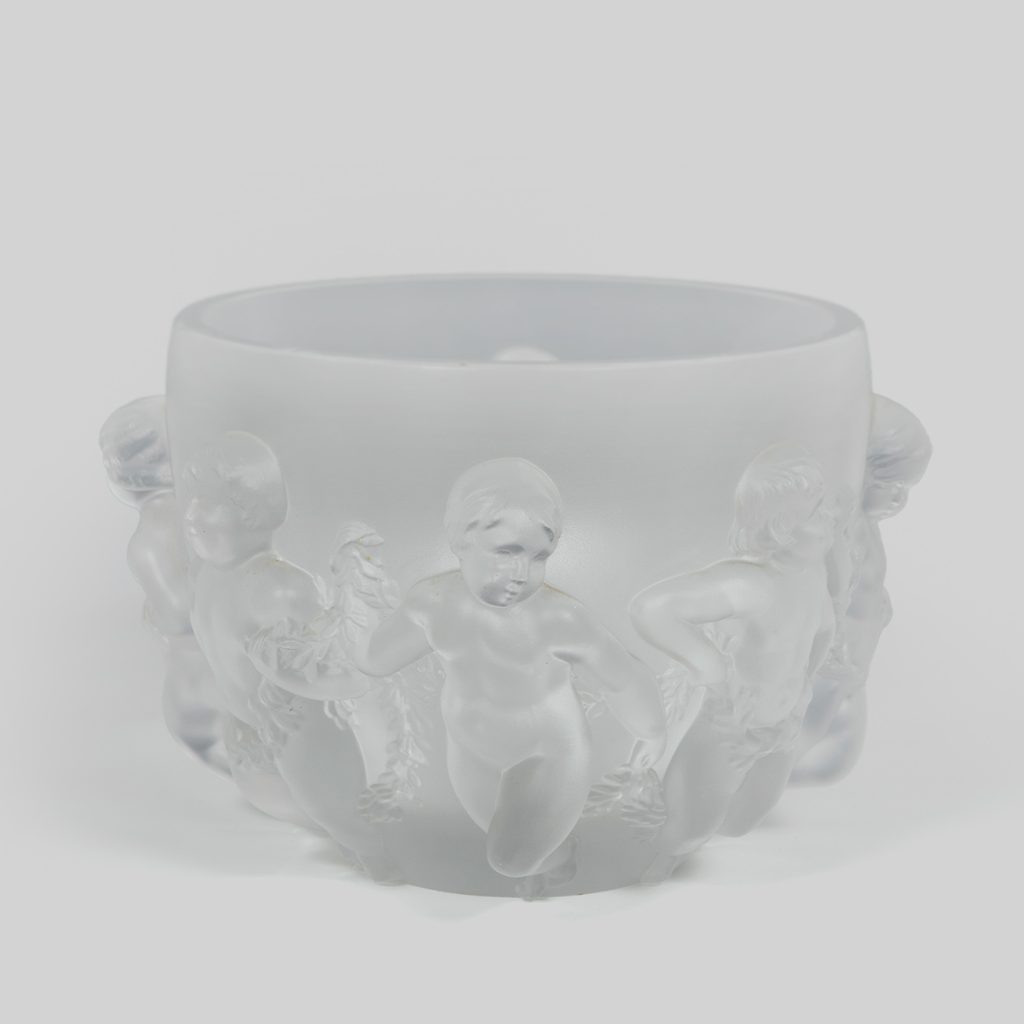
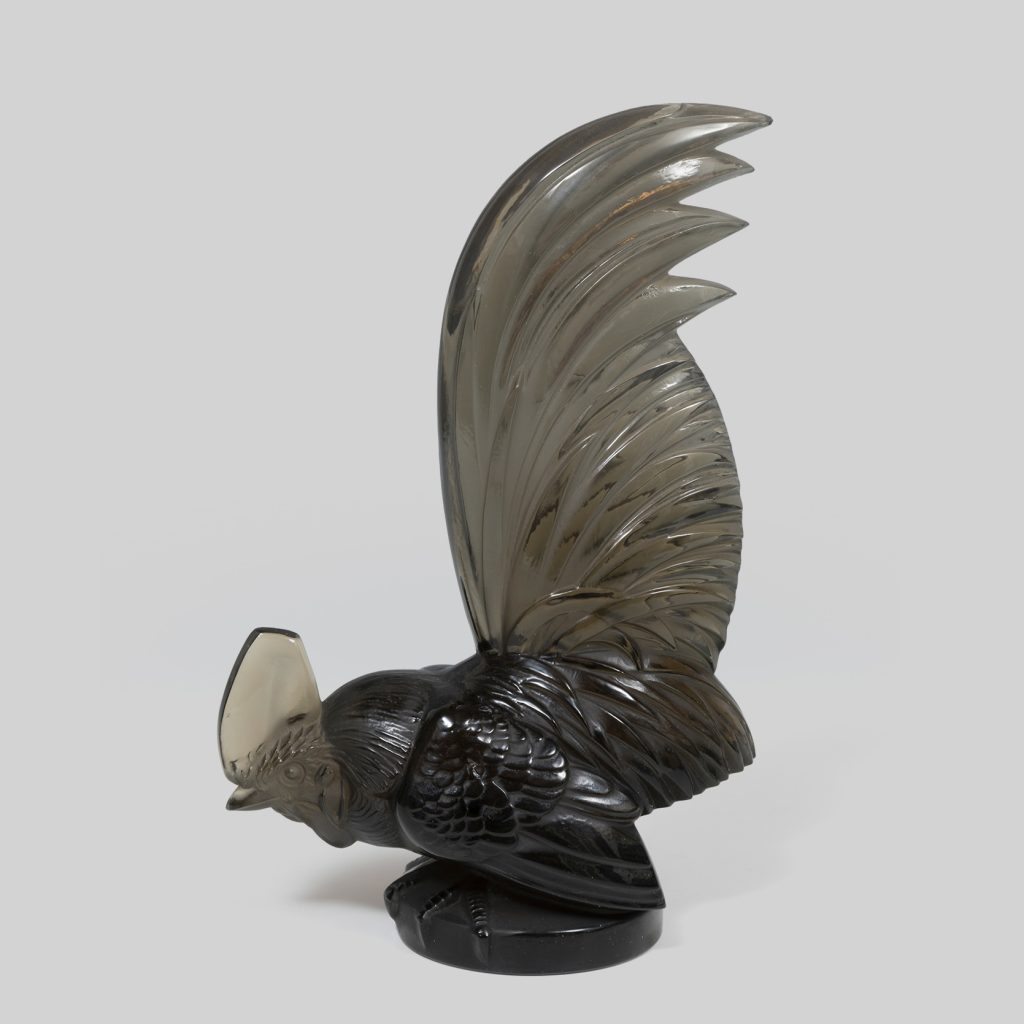
Other notable pieces include the “Luxembourg” vase (lot 35328244), topped at €1,600, and René Lalique’s “car mascot” “Coq Nain” in smoked glass (lot 35315219), which fetched €1,400.
René Lalique pieces guarantee the acquisition of a tangible fragment of design history. Consult the Decorative Arts auction to discover the pieces up for auction or explore the catalog of pieces available for purchase.
If you own a René Lalique piece you can request a free and confidential appraisal and our experts will advise you to get the best result.
If you are interested in this article, we recommend:

